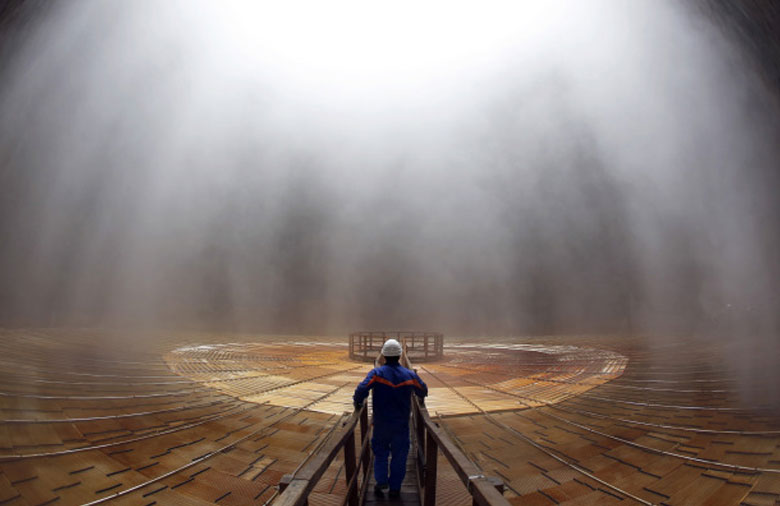With the sun rising without fail every morning, giving us a constant source of light, one might think that solar power would be the most economical source of energy.
However, just because it’s always there and obviously free, there are factors that might make other sources of alternative energy more cost effective.
In fact, according to the U.S. Energy Information Administration (EIA), solar energy is the most expensive form of energy available – even considering fossil fuels. When adding up the costs of building a facility, operating it and paying for the fuel it consumes itself, along with a few other factors, solar power costs about 32 cents per kilowatt hour (kwh) to produce.
Learn about 5 other forms of alternative energy and how their production costs compare to solar power:
Hydroelectric – Water flowing through a dam’s turbines generates electricity at about 9 cents per kwh, according to the EIA. That’s quite a big difference compared to solar. And it may even be cheaper than that. The Hoover Dam – which generates power from the Colorado River on the border of Arizona and California – produces electricity for a mere 1.6 cents per kwh.
Wind – Although there is some controversy on how wind turbines might impact wildlife, wind power is plentiful, renewable, clean and produces no greenhouse gas emissions. It’s also fairly inexpensive. The EIA estimates that the wide-variety of windmills create electricity for 10 cents per kwh on average.
Geothermal – Eighty percent of geothermal energy – with its nearly constant temperatures from the earth and subterranean water – is created from the continuous decay of minerals in the earth. In the earth’s crust, rock and water can reach temperatures of 700 degrees from heat energy that originates from the boundary of earth’s core and mantel, where temperatures can reach more than 7,200 degrees. Geothermal energy is earth friendly and inexpensive, costing about 10 cents per kwh. Actually, it can sell for much cheaper. The Geysers Power Plant, just north of San Francisco, sells geothermal energy for as little as 3 cents per kwh.
Nuclear – There are controversies in the United States about using nuclear energy, but it has been a fairly safe source of energy. Plus it doesn’t produce greenhouse gases. While some of the newer nuclear reactors produce electricity for about 11 cents per kwh, some European countries are producing it for even cheaper. France sells it for about 5 cents per kwh.
Coal – It might not seem like an earth-friendly source of energy, but coal burned in high-tech facilities that remove the pollutants is much better for the environment. According to the EIA, even considering ‘cleaning’ the coal, neutralizing the carbon emissions, plus the cost of the coal, it still sells for only about 13 cents a kwh.
While solar power is still a viable form of energy, other sources of alternative energy sources – including emerging tidal-power energy – are helping the world rely less on fossil fuels, including gas and oil.
If this information has inspired you to become more alternative energy conscious during Earth Week and beyond, consider sharing it with family and friends.
Sources
http://en.wikipedia.org/wiki/Wind_power
http://www.dailyfinance.com/2013/07/19/alternative-energy-sources-cheaper-than-solar/
http://en.wikipedia.org/wiki/Geothermal_energy
http://en.wikipedia.org/wiki/The_Geysers
Related Articles

Join the Discussion
0 Comments